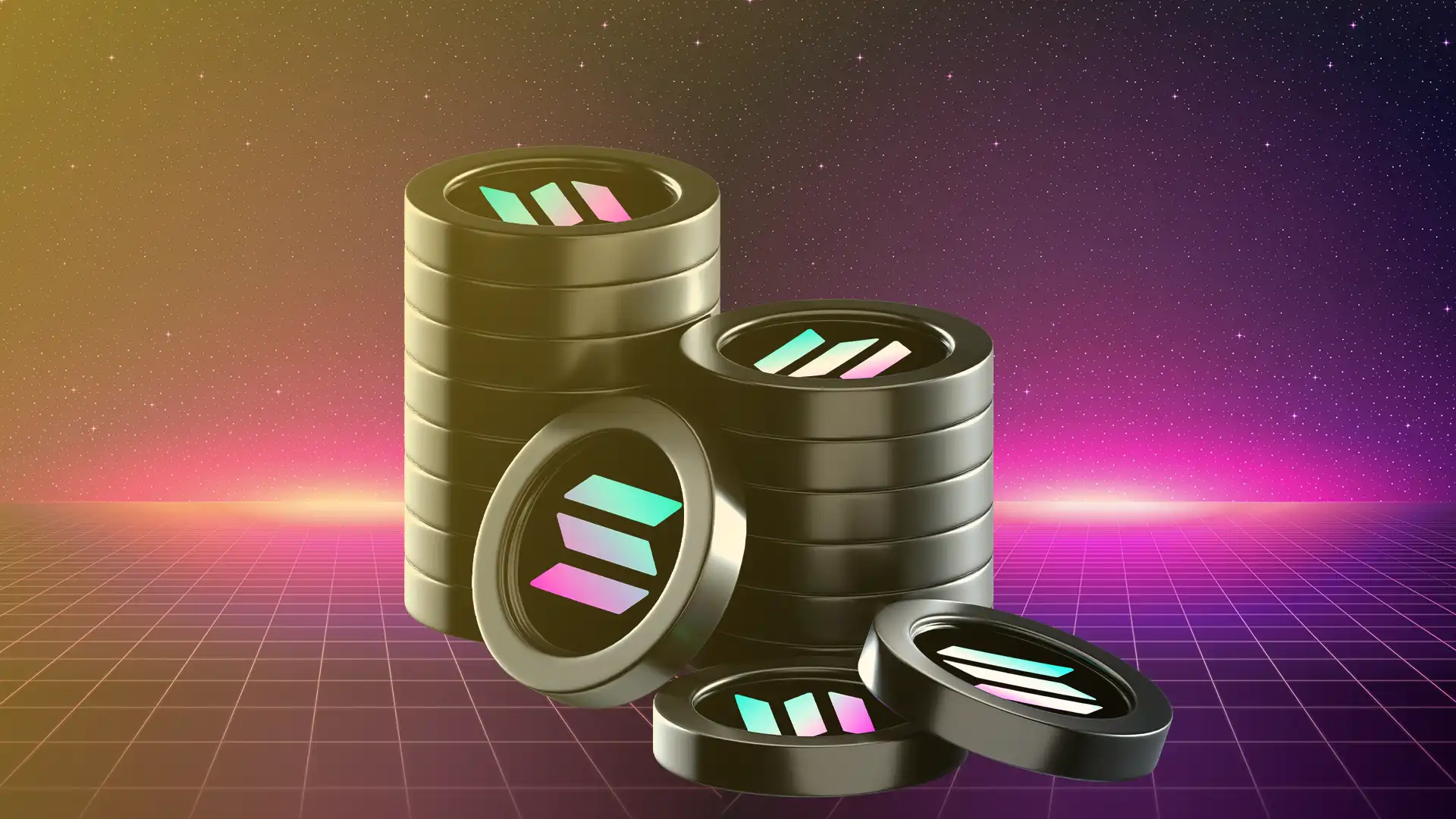Solana (SOL), the blockchain known for its high-speed transactions and low costs, stands at a critical crossroads in its journey. The debate within the crypto community is heating up: should Solana transition from its traditional monolithic blockchain model to a modular one, incorporating “Network Extensions” or Layer 2 solutions? This decision could dramatically reshape its role in the cryptocurrency landscape.
DeFi trader Ignas has highlighted the uncertainty surrounding Solana’s future, suggesting that there is a significant lack of clarity about the network’s next steps. This indecision raises a crucial question: Will Solana’s potential shift resonate more with the broader community compared to its current model?
The Monolithic vs. Modular Dilemma
Solana’s existing monolithic structure has been praised for its speed and efficiency, setting it apart from competitors. However, adopting a modular approach akin to Ethereum’s Layer 2 scaling solutions could align Solana with the evolving trends in blockchain technology. Ethereum, after initially leading the field, now finds itself squeezed between Bitcoin’s status as “better money” and newer, faster chains like Solana, which offers a compelling mix of speed and affordability.
In recent bull markets, Ethereum has faced a challenging position. While Bitcoin is seen as a more stable, long-term investment, Ethereum struggles with scaling issues and high fees, which could potentially hinder its appeal in the long run. Solana, with its potential move to a modular model, might capture a similar narrative to Ethereum’s Layer 2 scaling solutions, positioning itself as a future leader in blockchain innovation.
Challenges on the Horizon
The transition to a modular architecture is fraught with challenges. Solana’s move towards Network Extensions or Layer 2 solutions might introduce risks such as liquidity fragmentation or degraded user experiences—issues that Ethereum users have encountered in their scaling journey. Such pitfalls could undermine Solana’s current appeal and disrupt its growth trajectory.
If Solana fails to navigate these challenges effectively, it could face price stagnation similar to Ethereum’s “beta chasing” trend, where speculative investments overshadow the value of holding SOL itself. Solana must not only implement these new technologies smoothly but also communicate their benefits clearly to investors.
The Road Ahead
For Solana’s new narrative to succeed, the execution and reception of these Network Extensions are crucial. If Solana can avoid the common pitfalls of liquidity fragmentation and user experience issues, it could retain its monolithic appeal while gaining the benefits of modularity. This would require meticulous management and clear, convincing communication from the Solana team to distinguish between Network Extensions and traditional Layer 2 solutions in the minds of investors.
Meanwhile, the ongoing debate around Solana presents an opportunity for other blockchains to emerge as major players. Projects like Monad or other Layer 1 blockchains might seize this moment to capture market share and redefine the landscape.
As Solana contemplates this pivotal shift, the future remains uncertain. The decision to move towards modularity could either cement its position as a leading blockchain or open the door for new challengers to step into the spotlight.
Disclaimer: The information in this article is for general purposes only and does not constitute financial advice. The author’s views are personal and may not reflect the views of Chain Affairs. Before making any investment decisions, you should always conduct your own research. Chain Affairs is not responsible for any financial losses.





